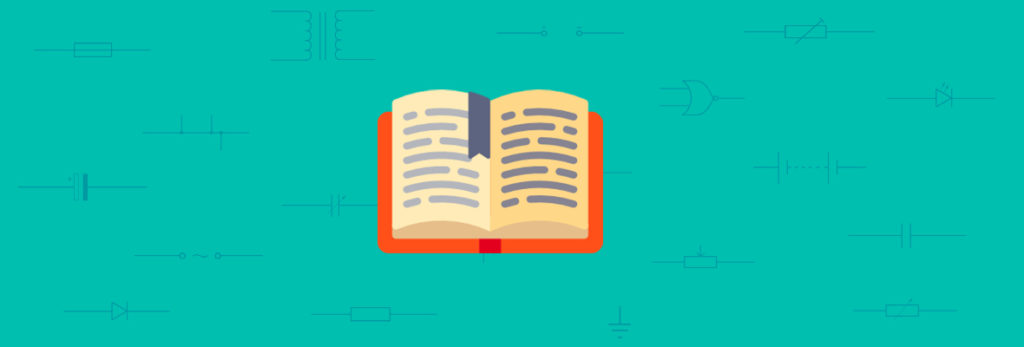Characteristics of JFETS
What is a Junction Field Effect Transistor? A JFET is a semiconductor with 3 terminals, available either in N-channel or P-channel types. It is unipolar but has similar characteristics as of its Bipolar cousins. Instead of PN junctions, a JFET uses an N-type or P-type semiconductor material between the collector and emitter (Source & Drain). […]


